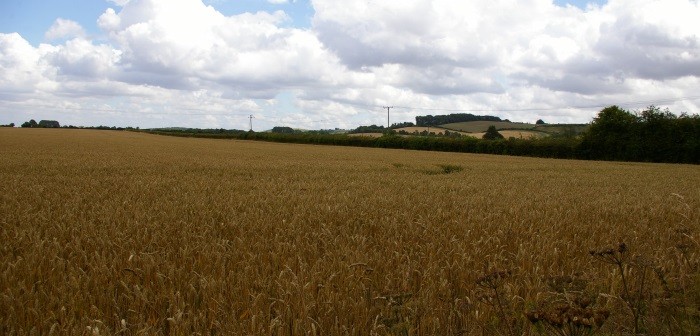A team of Chinese researchers led by a University of Idaho wheat geneticist have reported the discovery of a new crop-breeding advance that can lead to higher yields and more efficient efforts to develop new and better wheat and barley varieties.
The report in the journal Nature Communications describes how wheat gene Ms2 yields a protein that produces male sterility in grass species. Creating sterile male breeding lines can make hybrid wheat varieties more practical to produce.
Daolin Fu, who joined the faculty in UI’s College of Agricultural and Life Sciences in 2016, led the team while a researcher at China’s State Key Laboratory of Crop Biology at Shandong Agricultural University in Taian.
Fu also worked as a researcher at the University of California, Davis, with leading wheat scientist Jorge Dobcovsky. The Idaho Wheat Commission supported Fu’s hiring by UI through a novel agreement to harness the power of new genetic approaches to improving wheat production.
The work by the Chinese team led by Fu identified the location of the wheat gene and showed how it works to produce male sterility in wheat and barley.
The gene can be used in wheat and barley varieties through several methods, including CRISPR Cas9 editing methods, to simplify production of hybrids. Hybrid plants, notably corn, can show up to 15 percent yield increases through hybrid vigor.
The discovery also promises to speed and refine a plant breeding method known as recurrent selection, which uses multiple generations of crosses to refine varieties. The new method could reduce by several years the amount of time required.
The current practice is labor intensive, requiring workers to physically remove anthers, the plant’s male parts that produce pollen. With sterile male plants, two or more wheat varieties can be planted together but only specific varieties can serve as pollinators.
Plant breeders can link the sterility gene to traits in wheat varieties to control the traits’ inheritance in future generations. The discovery will allow greater precision in predicting those genetic crosses.




